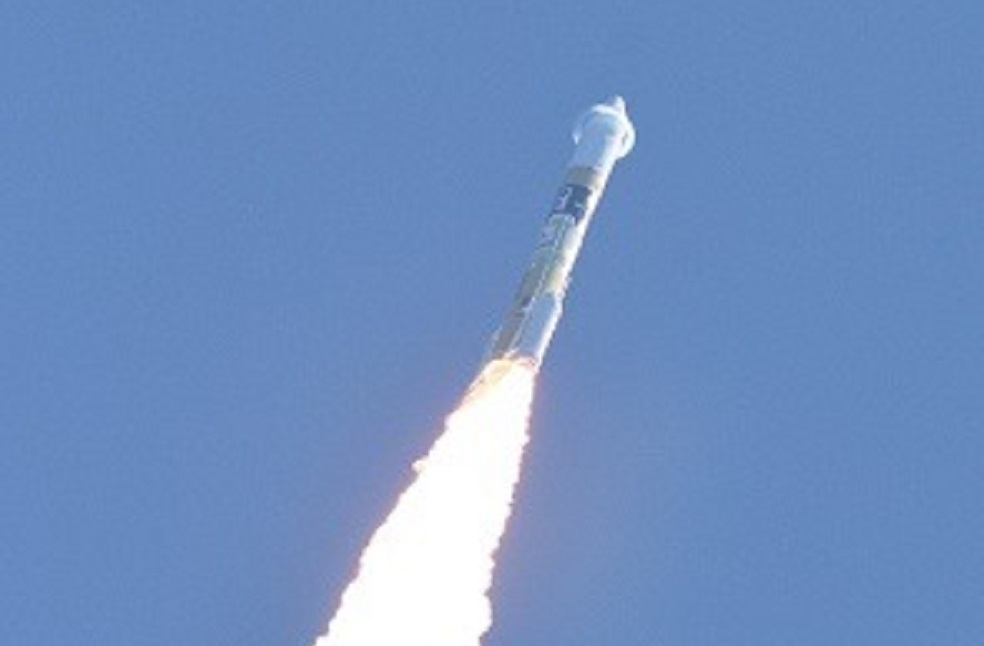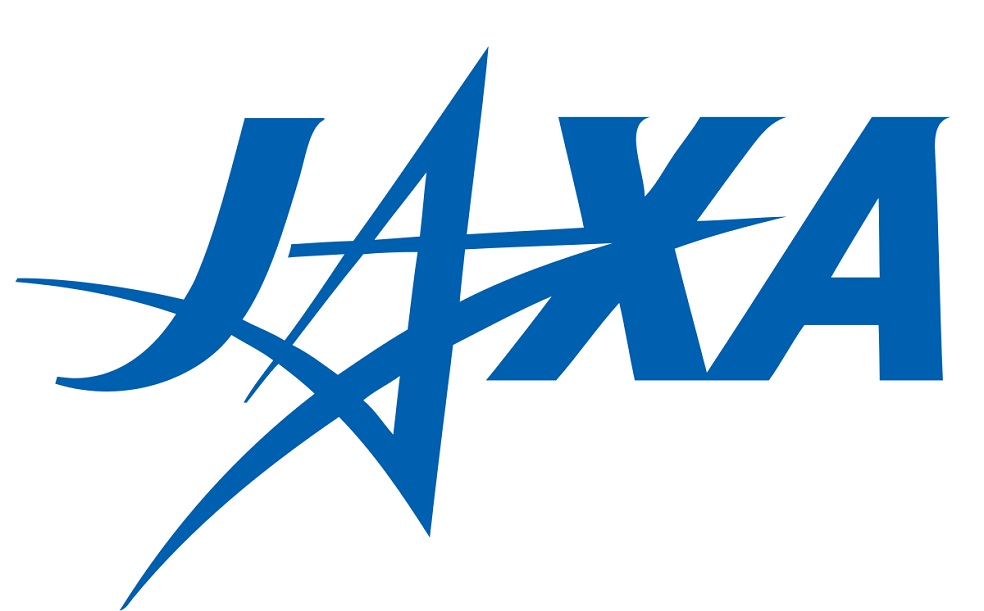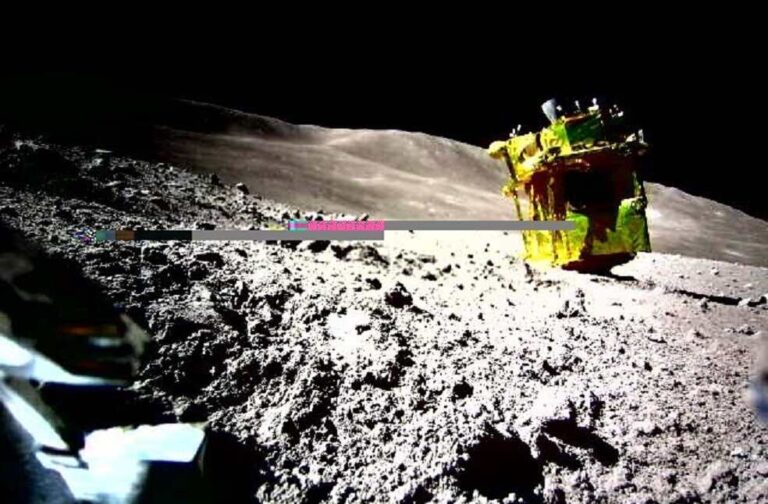Japan: Japan’s space agency said that the country successfully made an exceptionally accurate moon landing, landing just metres from its target.
The Japan Aerospace Exploration Agency (JAXA) announced on Thursday that, in the two hours and 37 minutes following the landing, it had received all of the data regarding the Smart Lander for Investigating Moon (SLIM) probe’s landing.
When the “Moon Sniper” lander touched down on the moon on Saturday, the nation became the fifth to land a spacecraft there.

The lander’s project manager, Shinichiro Sakai, stated at a press conference that “we need a more detailed analysis of the data, but the accuracy of the ‘pinpoint’ landing was probably 3 metres to 4 metres.”
The mission’s goal was to land within 100 metres (328 feet) of its target, exceeding the multiple-kilometre standard for accuracy. The target was a crater thought to be the surface exposure of the moon’s mantle, or deep inner layer.
Additionally, JAXA released the mission’s first colour photos, which showed the aircraft positioned at an angle on the stony grey surface of the moon, with distant hills rising in the distance.

According to Sakai, the lander was probably left in an angled position during the last stages of touchdown because one of its two main engines had stopped. Even though the mission was successful, there were some problems.
JAXA stated that SLIM’s solar panels were probably angled incorrectly, which is why they haven’t been able to produce electricity. They expressed hope that a shift in the direction of the sun would be able to revive the panels.
Three hours after landing, the agency had turned off its probe to allow for the possibility of the craft being recovered. It was able to download images and technical data from the lunar surface and the craft’s descent before turning off SLIM.
Through “vision-based navigation,” JAXA hopes to gain more insight into the moon’s potential water resources, which could be useful for establishing a base there in the future or as a possible stopover on the route to Mars.



